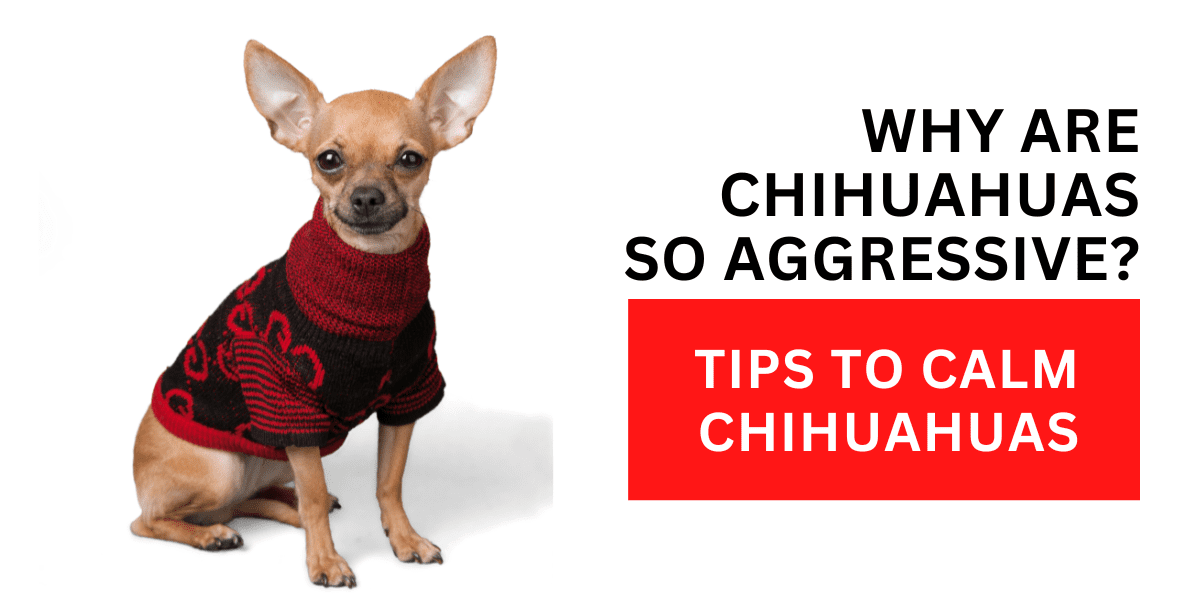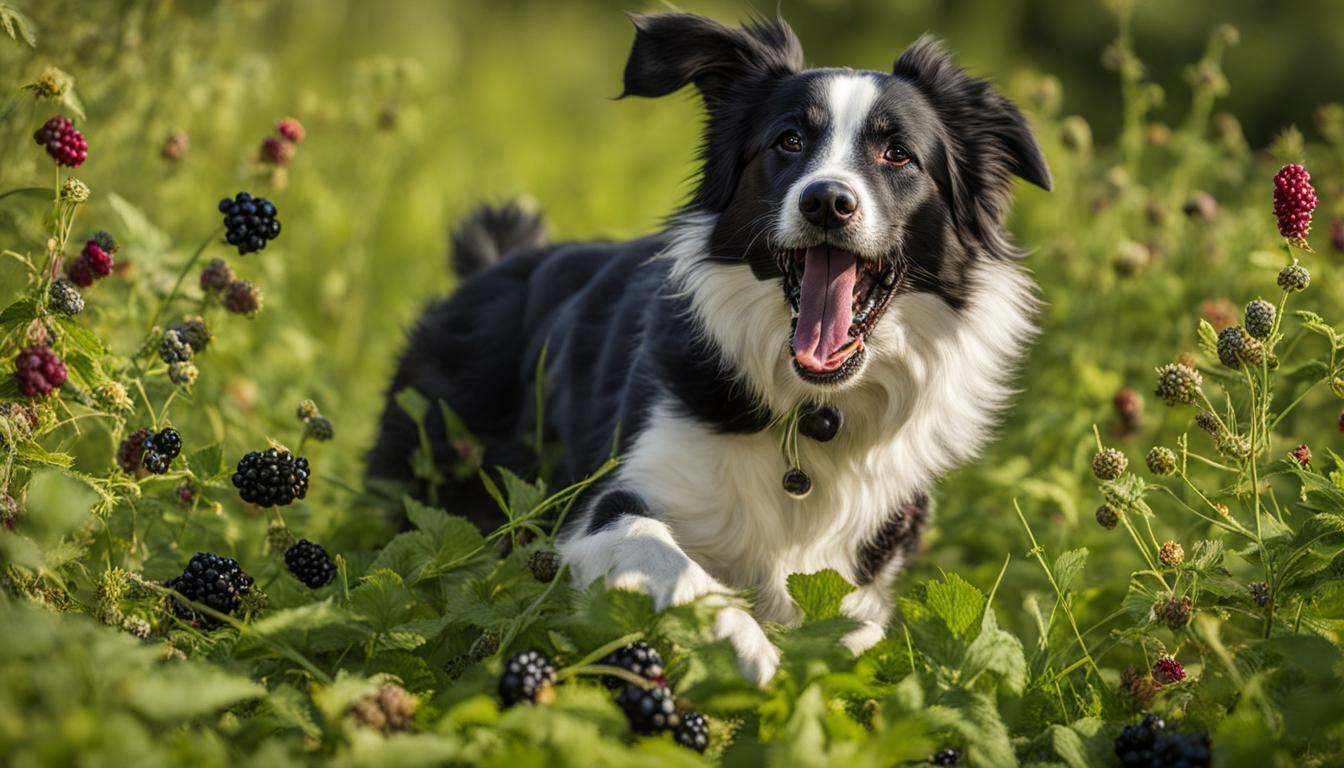When it comes to smart and intelligent dog breeds, Greater Swiss Mountain Dogs are definitely worth considering. Also known as Swissies, these gentle and sweet-natured dogs are not only devoted companions but also possess impressive problem-solving skills and a strong work ethic. Their intelligence and trainability make them a popular choice among dog owners seeking a capable working dog. So, are Greater Swiss Mountain Dogs smart for real?
Swiss Mountain Dogs are known for their alertness, confidence, and independent nature, which contribute to their overall intelligence. Their innate ability to learn quickly and their eagerness to please their owners make them highly trainable and responsive to commands. Whether it’s learning new tricks or performing tasks, Greater Swiss Mountain Dogs excel in various training activities.
While each dog is unique, the Greater Swiss Mountain Dogs consistently demonstrate their intelligence through their problem-solving abilities and adaptability. They have the capacity to assess situations, make decisions, and find efficient solutions, making them a standout among other breeds.
Aside from their intelligence, Swissies are also characterized by their loving and loyal nature. They form strong bonds with their families and make great companions, always ready to offer affection and companionship. Their gentle temperament and protective instincts translate into a loyal and loving friend that will always have your back.
Are Greater Swiss Mountain Dogs Smart?
- Greater Swiss Mountain Dogs are intelligent and possess problem-solving skills.
- They are highly trainable and eager to please their owners.
- Swissies excel in various training activities and are quick learners.
- Their intelligence is complemented by their gentle and loyal nature.
- Swiss Mountain Dogs make devoted companions and protective family members.
Physical Description and Breed History
The Greater Swiss Mountain Dog, also known as the Swissy, is a remarkable breed with a unique physical appearance and a fascinating history. Let’s delve into their physical description and explore their captivating breed history.
Physical Description
The Greater Swiss Mountain Dog is a stunning, large-sized breed that exudes power and strength. They have a well-muscled body that is longer than it is tall, giving them a robust and sturdy appearance. With their proportionate build, Swissies are perfectly suited for their working origins.
One of the most distinctive features of the Greater Swiss Mountain Dog is its tricolor coat. They have a dense, double-layered coat that provides excellent protection against harsh weather conditions. The topcoat is smooth and medium-length, creating an attractive and sleek appearance. The undercoat is either gray or tawny, adding depth and beauty to their coat.
When it comes to their size, Greater Swiss Mountain Dogs are truly impressive. On average, they stand between 23-28.5 inches at the shoulder. Males are slightly taller, reaching heights of 28.5 inches, while females have an average height of 23-27.5 inches. In terms of weight, males typically weigh between 115-140 pounds, while females weigh between 85-110 pounds.

Breed History
The Greater Swiss Mountain Dog has a rich and fascinating breed history that dates back centuries. They are considered the oldest of the four Swiss Mountain Dog breeds, tracing their roots to the Mastiff-type dogs brought to Switzerland by the ancient Romans.
In Switzerland, Swissies played a vital role as working farm dogs. They were versatile and highly capable, performing a range of tasks including guarding livestock, herding, and even pulling carts filled with goods to market. Their powerful build and incredible strength made them indispensable to the Swiss farmers.
Despite their tireless work ethic and loyalty, Greater Swiss Mountain Dogs faced near-extinction in the late 19th century due to the rise of industrialization. However, thanks to the efforts of dedicated breed enthusiasts, the Swissy made a remarkable comeback.
In 1909, the Greater Swiss Mountain Dog was officially recognized as a separate breed by the Swiss Kennel Club. Their popularity continued to grow, and they were eventually imported to the United States in the late 1960s. Today, they are cherished around the world for their exceptional qualities as both working dogs and beloved family companions.
| Physical Description | Breed History |
|---|---|
| Large, powerful breed | Descendant of Roman Molossian dogs |
| Well-muscled body | Oldest of the four Swiss Mountain Dogs |
| Tricolor coat with dense topcoat and gray or tawny undercoat | Used for guarding, herding, and drafting carts to market |
| Average height: 23-28.5 inches | Recognized as a separate breed in 1909 |
| Males weigh: 115-140 pounds | Imported to the US in the late 1960s |
| Females weigh: 85-110 pounds |
Personality and Temperament
Greater Swiss Mountain Dogs, also known as GSMD, are beloved for their gentle, affectionate, and playful temperament. They have a reputation for being loyal and devoted to their families, making them excellent companions. Swissies, as they are fondly called, are generally easygoing, but they can display stubbornness and territorial behavior at times. While they may exhibit protective instincts towards their families and homes, they are not particularly aggressive dogs.
When it comes to family life, Greater Swiss Mountain Dogs thrive in an environment where they can be fully integrated into the daily activities. They enjoy being involved in family outings, playtime, and various social interactions. However, due to their size and exuberance, they may not be the best fit for families with very young children who may inadvertently get knocked over or overwhelmed.
Greater Swiss Mountain Dogs can get along well with other dogs and cats that they have been raised with, forming strong bonds with their furry companions. However, they may exhibit caution or intolerance towards unfamiliar cats. They often have a loud bark and an imposing stature, making them natural protectors and effective guard dogs. This protective nature, coupled with their intelligence and capacity for vigilance, enhances their suitability in security roles.

Care and Health
Proper care and attention are crucial for the well-being of Greater Swiss Mountain Dogs. To keep them in prime condition, regular exercise is essential. These magnificent dogs require moderate-length walks or play sessions to fulfill their exercise needs and prevent them from becoming bored or restless.
When it comes to grooming, Swissies have a low-maintenance coat. However, weekly brushing is still necessary to keep their fur in good condition. Additionally, monthly baths help keep them clean and fresh. It’s important to note that shedding increases when they blow their undercoat twice a year, so extra brushing may be required during those times.
While Greater Swiss Mountain Dogs are generally healthy, they can be prone to certain health issues. Some common concerns include hip and shoulder dysplasia, eye problems, gastric torsion, and seizures. To minimize the risk of these conditions, it is crucial to purchase a Swissy from a reputable breeder who conducts proper screening for potential genetic disorders.
With proper care, attention, and regular veterinary check-ups, Greater Swiss Mountain Dogs can live a happy and healthy life. By providing them with the necessary exercise, grooming, and proactive health management, you can ensure that your beloved Swissy thrives and remains by your side for many years to come.






